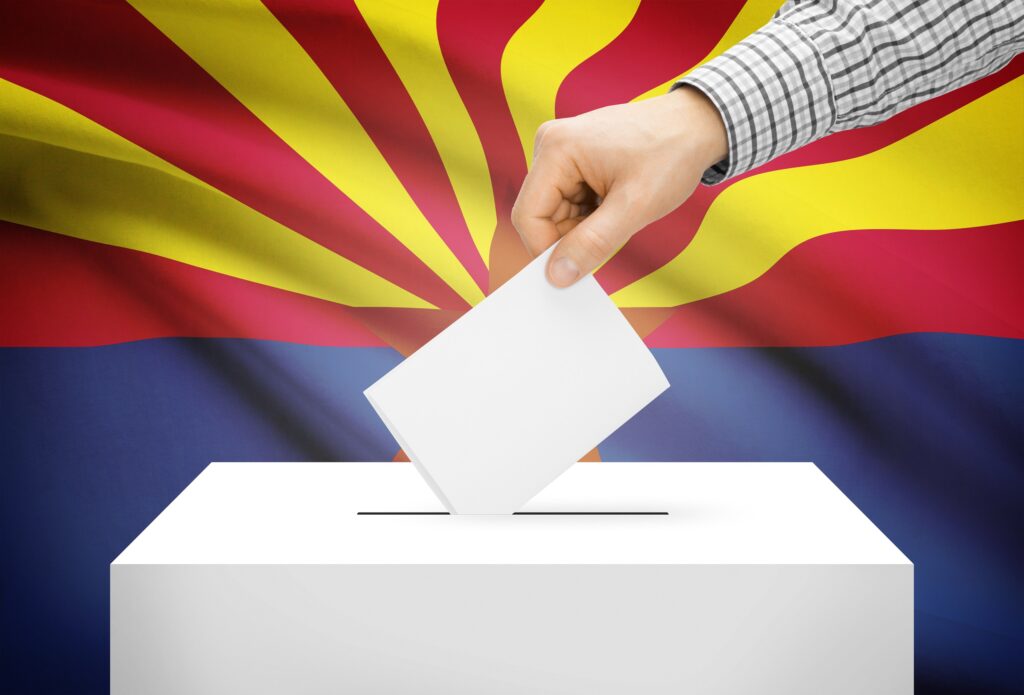The troublesome legacy of Prop 103
Author
Executive Summary
In 1988, California voters approved Proposition 103 by a slim margin, 51 percent to 48 percent. Over the more than a quarter-century since its passage, implementation of the measure has dramatically changed the course of the state’s regulatory structure and that of the entire U.S. property-casualty insurance industry.
Both Prop 103’s authors and its latter-day defenders claim the law and its regulatory progeny have been effective in controlling rising insurance rates, saving Californians billions of dollars in the process. They repeatedly have sought to protect it from amendment and repeal, even seeking to have its scope broadened. They have battled at the ballot box, in the Legislature and in courts to defend their achievement and maintain the new status quo. Yet, per dollar of premium, California’s auto insurance rates remain among the highest in the nation.
This paper examines not the superficial claims that Prop 103 has produced consumer savings for Californians, but instead compares the efficiency and competitiveness of California’s property-casualty market using data gathered from publicly available rate-filing outlets like the National Association of Insurance Commissioners’ System for Electronic Rate and Form Filing (SERFF).
Specifically, our research examines how California compares to a diverse group of five states (Illinois, Nebraska, New York, Louisiana and Washington), chosen both for their varying sizes and because each takes different approaches to the rate-approval process and to the means for selecting an insurance commissioner.
To understand which system is most effective at encouraging competition, we examined the number of filings made in each state; the speed-to-market of those rate filings; and the impact of a unique feature of the Prop 103 system – rate intervenors.
Our results suggest that Californians are paying more and getting less for their system of insurance regulation than any of the other states examined. California’s insurance department is larger and more costly even than New York’s, which has the additional responsibility of regulating significant parts of Wall Street. Its speed-to-market is slower than other prior-approval states – like Washington and Louisiana.
Most problematically, California enjoys fewer rate filings on both an objective and adjusted basis than the other states – in some cases, by orders of magnitude. This is a telling metric of an insurance market’s present and future health.
The California system discourages competition because it is slower, less predictable and more punitive than other states. Lengthy form review cycles tend to mean that California consumers are slow to receive new products, even though the state’s market—as the nation’s largest and most diverse— should make it among the first.
Prop 103 purports to promote consumer protection through state intervention in the rate-making and underwriting processes. But while consumer protection is a value shared by all, there are varying means to achieve it. A functioning ratemaking system that encourages competition would lead to a more reliable form of consumer rating protection: market competition.
Read the full study here.










